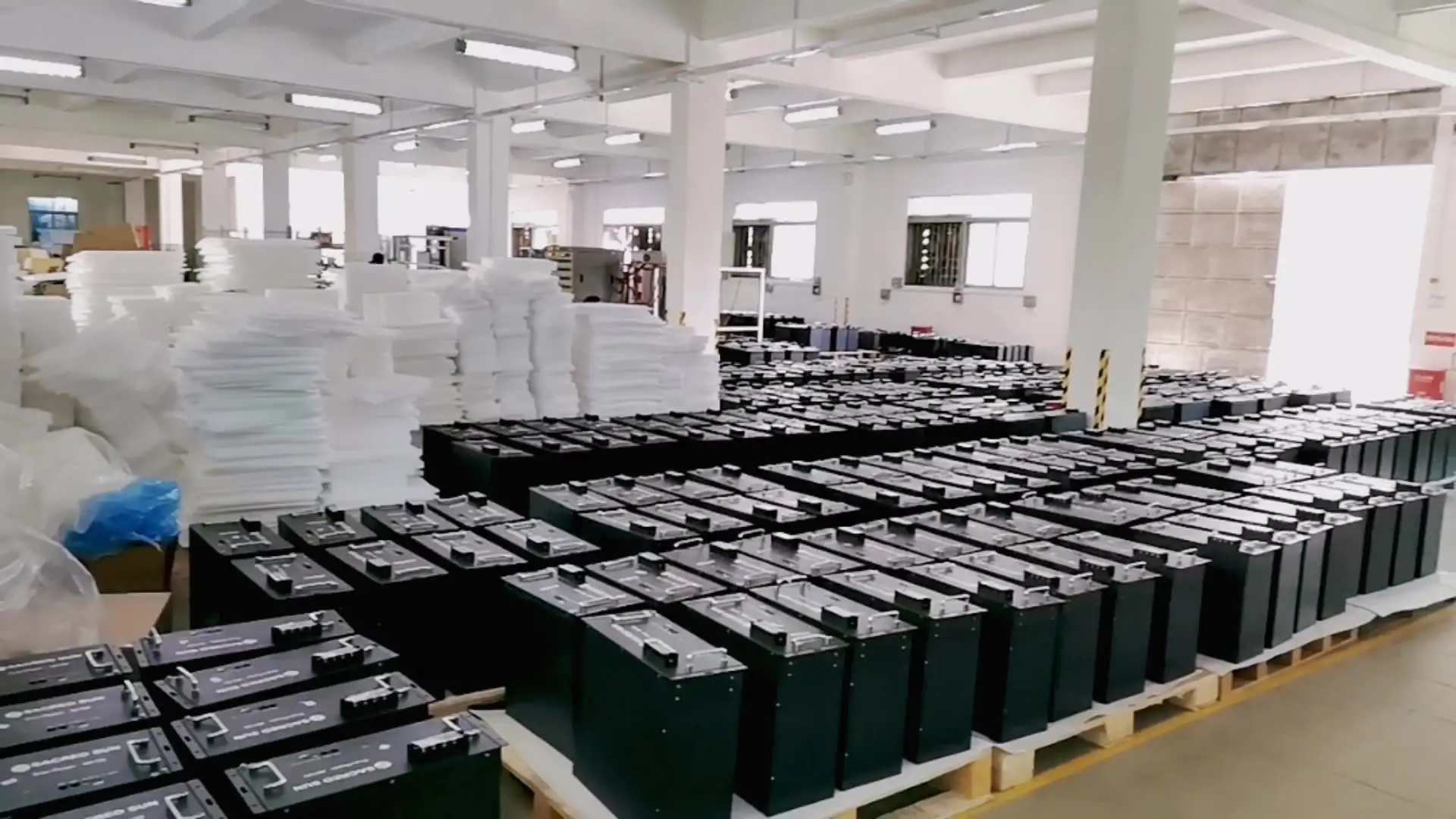 |
Welcome To Evlithium Best Store For Lithium Iron Phosphate (LiFePO4) Battery |
 |

In the world of energy storage, lithium iron phosphate (LiFePO4) batteries have gained significant attention due to their impressive performance and safety features. One of the key questions that often arises is whether LiFePO4 batteries need to be vented. In this article, we'll delve into the details of LiFePO4 batteries, their construction, benefits, and safety considerations to determine whether venting is necessary.
LiFePO4 batteries, short for lithium iron phosphate batteries, belong to the family of lithium-ion batteries. They are renowned for their high energy density, long cycle life, and enhanced safety compared to other lithium-ion chemistries.
LiFePO4 batteries consist of a cathode (positive electrode), an anode (negative electrode), a separator, and an electrolyte. The cathode is typically made of lithium iron phosphate, while the anode is composed of graphite. The separator and electrolyte facilitate the movement of lithium ions during charging and discharging.
LiFePO4 batteries offer several advantages, including excellent thermal stability, low risk of thermal runaway, long lifespan, and consistent performance across a wide range of temperatures. These characteristics make them suitable for various applications, from portable electronics to electric vehicles.
Traditional lithium-ion batteries can experience thermal runaway¡ªa situation where the battery heats up uncontrollably and may catch fire or explode. To mitigate this risk, such batteries often include venting mechanisms to release gases and prevent pressure buildup.
LiFePO4 batteries have a unique chemistry that reduces the risk of thermal runaway. Their iron phosphate cathode is more stable, making them inherently safer than other lithium-ion batteries. This difference in chemistry eliminates the need for frequent venting.
Thermal runaway can occur due to factors like overcharging, high temperatures, or physical damage. LiFePO4 batteries incorporate built-in safety measures, including advanced battery management systems, to monitor and control these conditions, minimizing the chances of thermal runaway.
The stable chemical structure of LiFePO4 batteries significantly reduces the likelihood of thermal runaway. This inherent stability is a major reason why LiFePO4 batteries are considered one of the safest options for energy storage.
LiFePO4 batteries use a solid electrolyte, which eliminates the risk of electrolyte leakage and the associated hazards. This solid-state design contributes to their overall safety and durability.
LiFePO4 batteries are equipped with sophisticated battery management systems that oversee charging, discharging, and temperature control. These systems prevent overcharging, over-discharging, and overheating, enhancing both safety and battery longevity.
Due to their inherent stability and unique chemistry, LiFePO4 batteries have a significantly reduced risk of thermal runaway. This means that they are less likely to generate excessive heat or gases that necessitate venting.
While LiFePO4 batteries generally don't require venting, some manufacturers might include pressure release valves as an extra safety measure. These valves release gas in extreme cases of overcharging or overheating, further ensuring the battery's safety.
The need for venting depends on the specific application of LiFePO4 batteries. For instance, batteries used in electric vehicles may have different safety requirements compared to those used in stationary energy storage systems.
In extreme cases where a LiFePO4 battery is subjected to severe abuse or malfunction, venting mechanisms could activate. However, such instances are rare due to the battery's inherent stability and safety features.
For residential and stationary energy storage applications, LiFePO4 batteries are often used in sealed systems that don't require venting. This makes them a practical choice for home energy solutions.
Frequent venting can impact the longevity of traditional lithium-ion batteries, but LiFePO4 batteries are designed for fewer venting cycles. This contributes to their longer overall lifespan.
There is a common misconception that all lithium-ion batteries require venting. This confusion arises from the fact that some lithium-ion chemistries do require venting mechanisms to ensure safety.
LiFePO4 batteries meet stringent safety standards and regulatory requirements. Their design and chemistry align with guidelines aimed at preventing accidents and ensuring the well-being of users.
Proper Installation
To maximize the safety and performance of LiFePO4 batteries, proper installation is crucial. Following manufacturer guidelines and recommendations is essential to avoid potential risks.
Regular monitoring and maintenance of LiFePO4 batteries are important to detect any anomalies and ensure proper functioning. This proactive approach can prevent potential safety issues.

LiFePO4 batteries are gaining popularity in electric vehicles due to their safety, long cycle life, and ability to provide consistent power. They contribute to the growth of the electric vehicle industry.
For storing energy generated from renewable sources like solar and wind, LiFePO4 batteries offer reliability and efficiency. Their ability to handle multiple charge and discharge cycles makes them suitable for this purpose.
LiFePO4 batteries are also utilized in marine and RV applications, where their compact size, light weight, and durability make them an ideal choice for power storage in mobile environments.
Conclusion
In conclusion, LiFePO4 batteries do not generally require venting due to their unique chemistry, inherent stability, and advanced safety features. Their reduced risk of thermal runaway and long cycle life make them a safe and reliable choice for various applications, from electric vehicles to renewable energy storage. However, manufacturers may still incorporate pressure release valves for added safety in extreme scenarios. Proper installation, monitoring, and maintenance are crucial to ensuring the longevity and safety of LiFePO4 batteries.
Edit by editor
All Rights reserved © 2025 Evlithium Limited